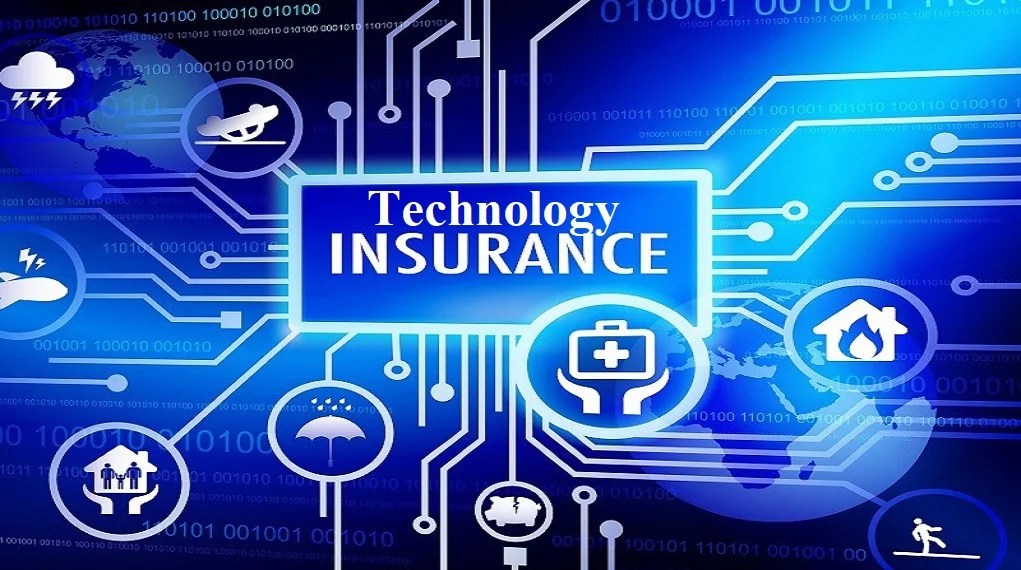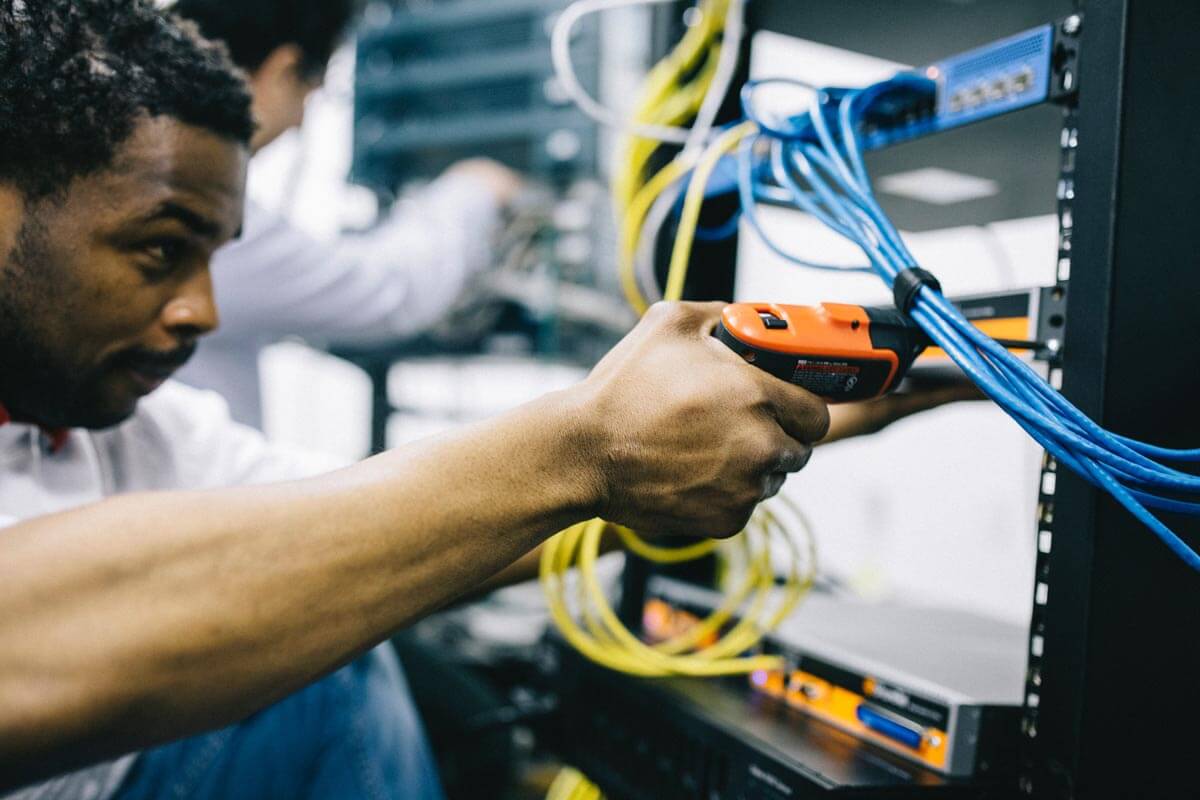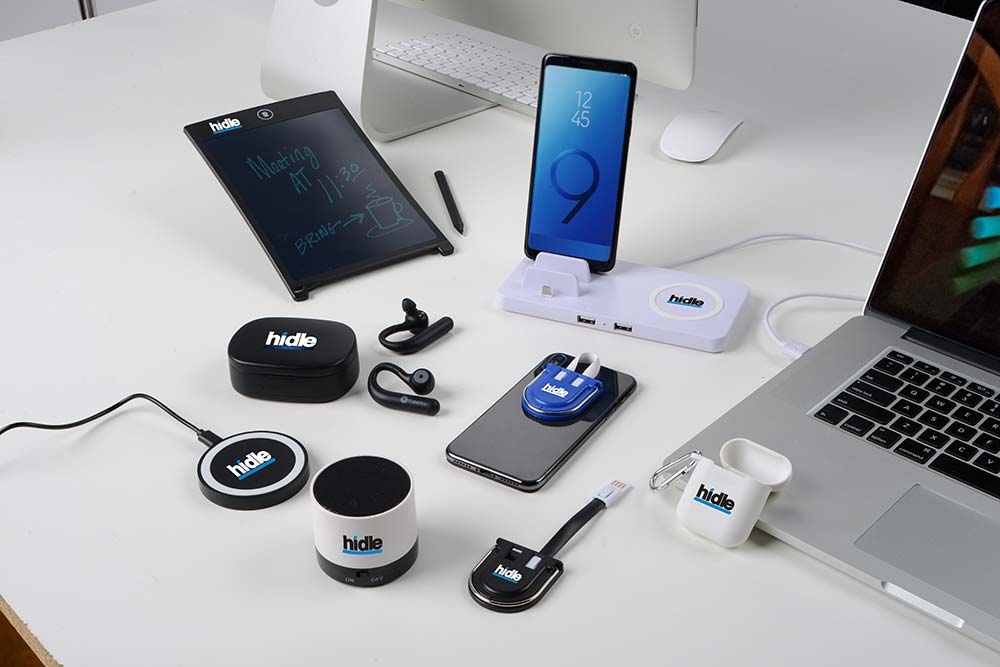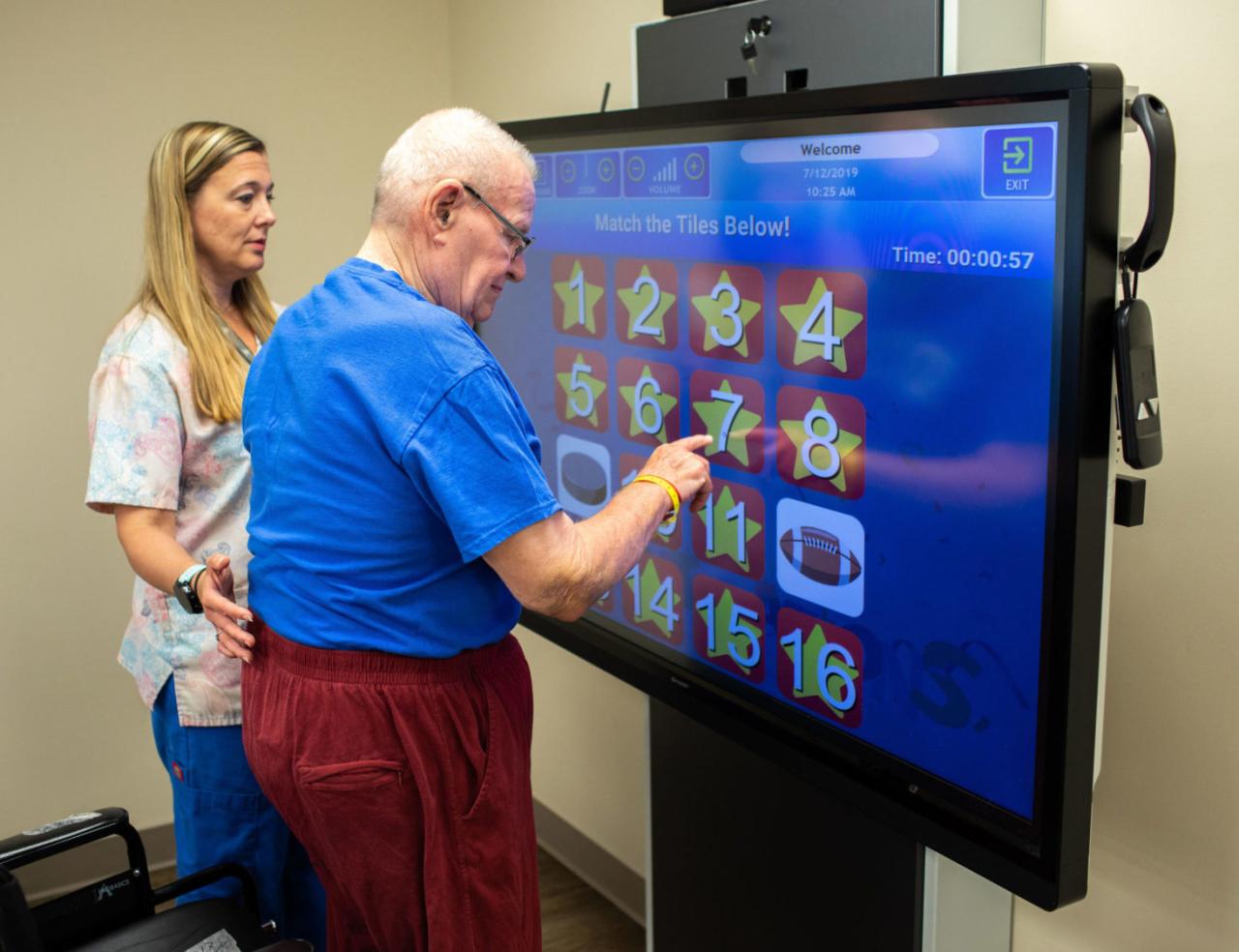Technology Meeting Rooms: Designing for Collaboration
Technology meeting rooms are no longer just spaces for meetings; they are dynamic hubs for collaboration, innovation, and productivity. From high-definition displays and intuitive control systems to smart room technology […]
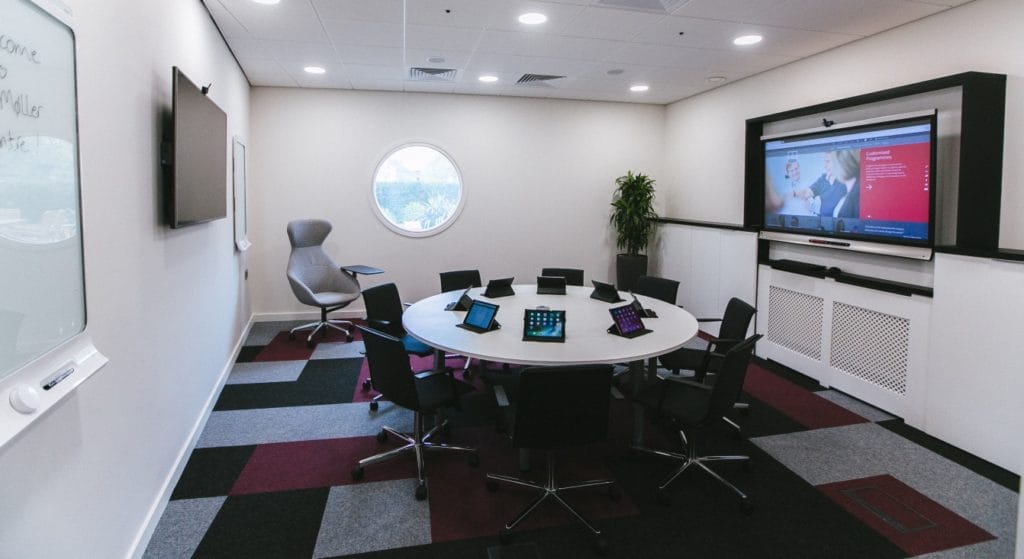
Technology meeting rooms are no longer just spaces for meetings; they are dynamic hubs for collaboration, innovation, and productivity. From high-definition displays and intuitive control systems to smart room technology that adapts to user needs, these spaces are transforming the way we work together.
This guide explores the key features of a modern technology meeting room, delves into the design principles that optimize collaboration, and examines the integration of technology for seamless user experiences. We’ll also look at the latest trends shaping the future of meeting room technology, including the potential impact of artificial intelligence and virtual reality.
Technology Meeting Room Essentials

Technology meeting rooms have evolved significantly, becoming essential hubs for collaboration and productivity. Modern meeting rooms are designed to seamlessly integrate technology, enhancing communication, engagement, and overall effectiveness.
Essential Technology Components
A well-equipped technology meeting room should include a range of essential components that facilitate smooth operations and enhance the meeting experience.
- High-Definition Display: A large, high-resolution display is crucial for presenting information clearly and engagingly. It should be capable of displaying content from various sources, including laptops, tablets, and mobile devices.
- Video Conferencing System: A robust video conferencing system allows for remote participation, enabling teams to collaborate effectively regardless of location. It should offer high-quality video and audio, as well as screen sharing capabilities.
- Wireless Presentation System: A wireless presentation system eliminates the need for cumbersome cables and allows participants to share content wirelessly from their devices. It should be compatible with various operating systems and devices.
- Document Camera: A document camera allows participants to share physical documents, objects, or even 3D models with the entire room. It is particularly useful for presentations, brainstorming sessions, and collaborative work.
- Sound System: A clear and powerful sound system is essential for ensuring everyone in the room can hear the presentation or discussion. It should include microphones for participants to be heard clearly and speakers for high-quality audio reproduction.
- Control System: A central control system simplifies the operation of the meeting room technology. It allows users to easily manage the display, video conferencing, and other features with a single interface.
Role of Audio-Visual Equipment, Technology meeting room
Audio-visual equipment plays a crucial role in enhancing collaboration and engagement in technology meeting rooms.
- Improved Communication: High-quality audio and video conferencing systems ensure clear and effective communication between participants, regardless of their location.
- Enhanced Engagement: Engaging visuals and audio create a more immersive and interactive meeting experience, keeping participants focused and involved.
- Increased Productivity: By facilitating smooth information sharing and collaboration, audio-visual equipment can significantly improve meeting productivity.
Smart Room Technology
Smart room technology integrates various technologies to create an intelligent and automated meeting room environment.
- Room Scheduling: Smart room technology can automatically schedule and manage meeting room bookings, eliminating the need for manual processes.
- Automated Lighting and Temperature Control: Smart room technology can adjust lighting and temperature levels based on the time of day, occupancy, and user preferences, creating an optimal meeting environment.
- Voice Control: Voice-activated controls allow participants to manage meeting room technology using natural language commands, enhancing convenience and efficiency.
- Data Analytics: Smart room technology can collect data on meeting usage, participant engagement, and other metrics, providing valuable insights for improving meeting effectiveness.
Wrap-Up: Technology Meeting Room
As technology continues to evolve, the design and functionality of meeting rooms will undoubtedly keep pace. By embracing smart technology, innovative layouts, and user-centric approaches, we can create spaces that foster creativity, enhance collaboration, and drive productivity. The future of meeting rooms is bright, and the potential for technology to revolutionize the way we work together is vast.
Technology meeting rooms are often equipped with the latest audio-visual tools, making them ideal for presentations and collaborative discussions. The msci usa imi information technology 25/50 index tracks the performance of leading technology companies, offering insights into the industry’s growth potential.
By understanding these trends, we can better equip our technology meeting rooms to facilitate productive and forward-thinking conversations.

